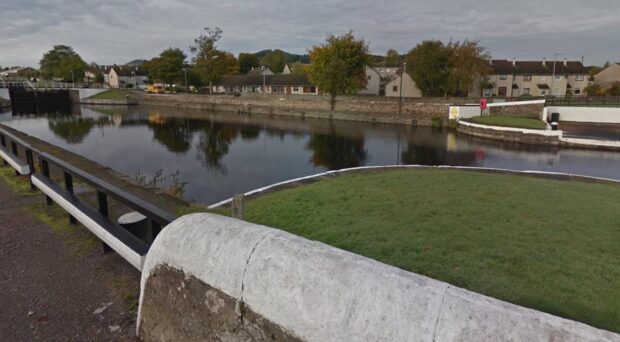Further evidence has emerged from a fatal accident inquiry suggesting that a house fire which killed a disabled woman in her Inverness home may have been caused by an electrical fault in her wheelchair.
Yesterday forensic scientist Iain Peck, who specialises in fire investigation, gave evidence of his examination of a number of parts which were recovered from Barbara Anderson’s wheelchair.
He found that a piece of cable which connected the joystick controller to an underlying battery showed evidence of a “large arc event with the transfer of copper from one core to another”.
Earlier in the inquiry Kenneth Morton, an electrical inspector for the Health and Safety Executive, suggested a loose connection could have caused the arc – an air gap between two wires which, with enough energy, could act as a conductor and heat up.
Both Mr Peck and Mr Morton ruled out the possibility that the wheelchair was being charged at the time of the fire which meant the only power supply was from the battery.
A fire investigator also previously gave evidence ruling out other electrical items as likely fire sources in the bedroom where the blaze started.
Yesterday Mr Peck said: “It shows that the cable was energised at the time of the fire and that the conductors have come into conduct with one another, producing the transfer of copper, indicating there was electrical activity and that could be where the fire had started, or it could be where the fire first attacked the wheelchair.”
He said that the arcing event was “most likely a result of a poor link in the connector or a break in the cable”, but added that he could “not rule out” that it was the result of an external fire corrupting the cable and giving rise to a fault.
Mr Peck added that there was “more damage” to the right hand side of the wheelchair, conducive to the location of this cable underneath the right arm rest.
Emma Toner, advocate for Penny and Giles Controls Ltd, the firm which makes the joystick component for this wheelchair, highlighted the fact Mr Peck was unable to draw a definite conclusion about where the fire had started and what gave rise to the electrical fault.
She also referred to evidence given previously in the inquiry by two of Ms Anderson’s home carers, who said that the 51-year-old habitually had to “manipulate” the wiring because of a loose connection and suggested that this “regular bending, twisting and squashing” weakened the insulation.
Mr Peck agreed with her on each of those points.
The inquiry continues today.









